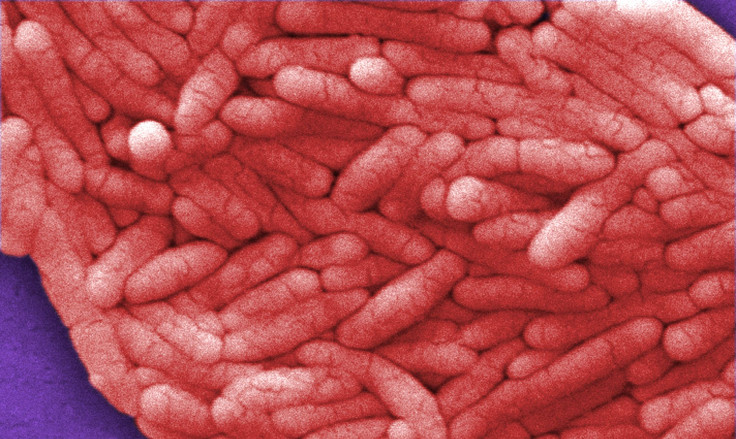Mother Loses Her Arm To Flesh-Eating Bacteria That Caused Severe Sepsis

A Utah mom recounted the horror story of how a flesh-eating bacteria left her hanging between life and death nine months ago, and ultimately had an arm amputated.
Keirra Eames, 26, was initially rushed to the hospital with sickness and high temperature — symptoms usually associated with flu — and pain in her arm. Doctors found out that she had a high white blood cell count.
Tests and a scan revealed that she had necrotizing fasciitis, a flesh-eating bacterial infection, which had led to sepsis. The combination of the two was rapidly deteriorating Eames' condition.
Eames' was put into a coma so that doctors could remove the infected issue and give Eames' a fighting chance. But the sepsis continued to spread even after surgeons removed 40 percent of the muscle mass from her arm.
Her kidneys were beginning to shut down and the arm was turning black.
"My organs were shutting down and there was fluid on my brain, doctors attempted to reduce it with surgery but when they lay me down - my head started turning purple," Eames recalled.
When blood clots started forming in her good arm, she was transferred by flight to another hospital in Salt Lake City.
After the clots were removed, Eames had a short respite before her condition worsened again. Doctors informed the family that amputating the arm at the shoulder was Eames' only chance of survival.
"It was so hard to believe, I felt helpless," recalled Eames, upon waking up and realizing her right arm was gone.
She started occupational therapy 10 days later. Today, Eames does not use a prosthetic arm because "there is nothing for it to clip on to". But she has learned to adapt since, and thankful for the constant support of her husband, Tyler and her two children.
© Copyright IBTimes 2024. All rights reserved.





















